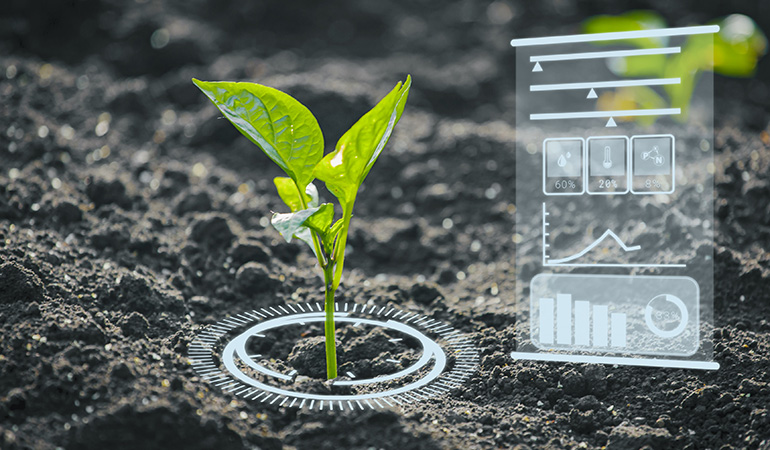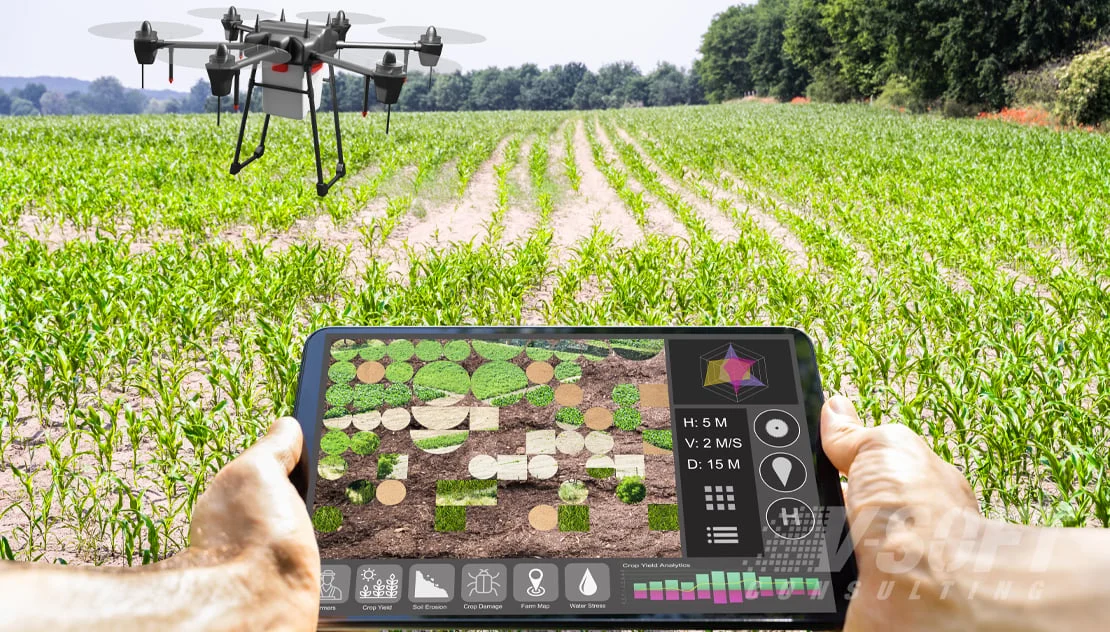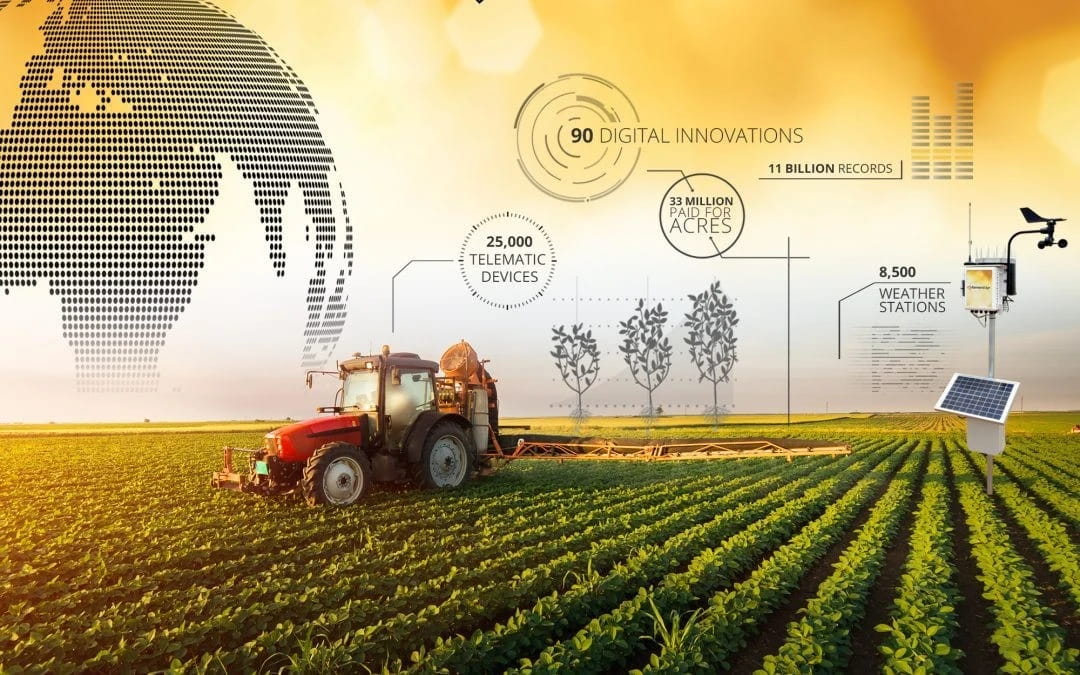Artificial Intelligence (AI) is revolutionizing the agricultural sector, enabling smarter, more efficient, and sustainable farming practices. Understanding how AI is transforming agriculture helps farmers, researchers, and businesses tackle key challenges like food security, climate change, and resource management.
What is AI in Agriculture?
AI in agriculture involves the use of machine learning, computer vision, robotics, and data analytics to optimize farming processes, improve crop yields, and reduce environmental impact.
How AI Works in Agriculture
AI-powered systems gather and analyze large amounts of data from sources such as drones, sensors, weather stations, and satellite images. By processing this data, AI can provide real-time insights and predictive models that help farmers make better decisions.
Key AI Techniques Used
Machine Learning: Helps predict crop diseases, estimate yields, and optimize planting schedules based on historical and real-time data.
Computer Vision: Enables automated systems to detect pests, monitor plant health, and assess crop maturity using image recognition.
Robotics and Automation: Powers smart machinery for tasks like planting, harvesting, and spraying with high precision.
Predictive Analytics: Forecasts weather patterns, pest outbreaks, and soil conditions to improve planning and risk management.
Benefits of Using AI
AI increases productivity, reduces waste, and helps farmers use water, fertilizers, and pesticides more efficiently. It also improves crop quality, lowers costs, and supports sustainable farming by minimizing the environmental footprint.
Limitations to Keep in Mind
AI in agriculture requires access to reliable data, modern equipment, and proper training. Small-scale farmers may face challenges in adopting these technologies without adequate support and investment.
Conclusion
Breakthroughs in AI are reshaping the future of agriculture. By combining AI-driven tools with human expertise, the farming community can address critical challenges and ensure a more sustainable, efficient, and resilient food production system.







Leave feedback about this